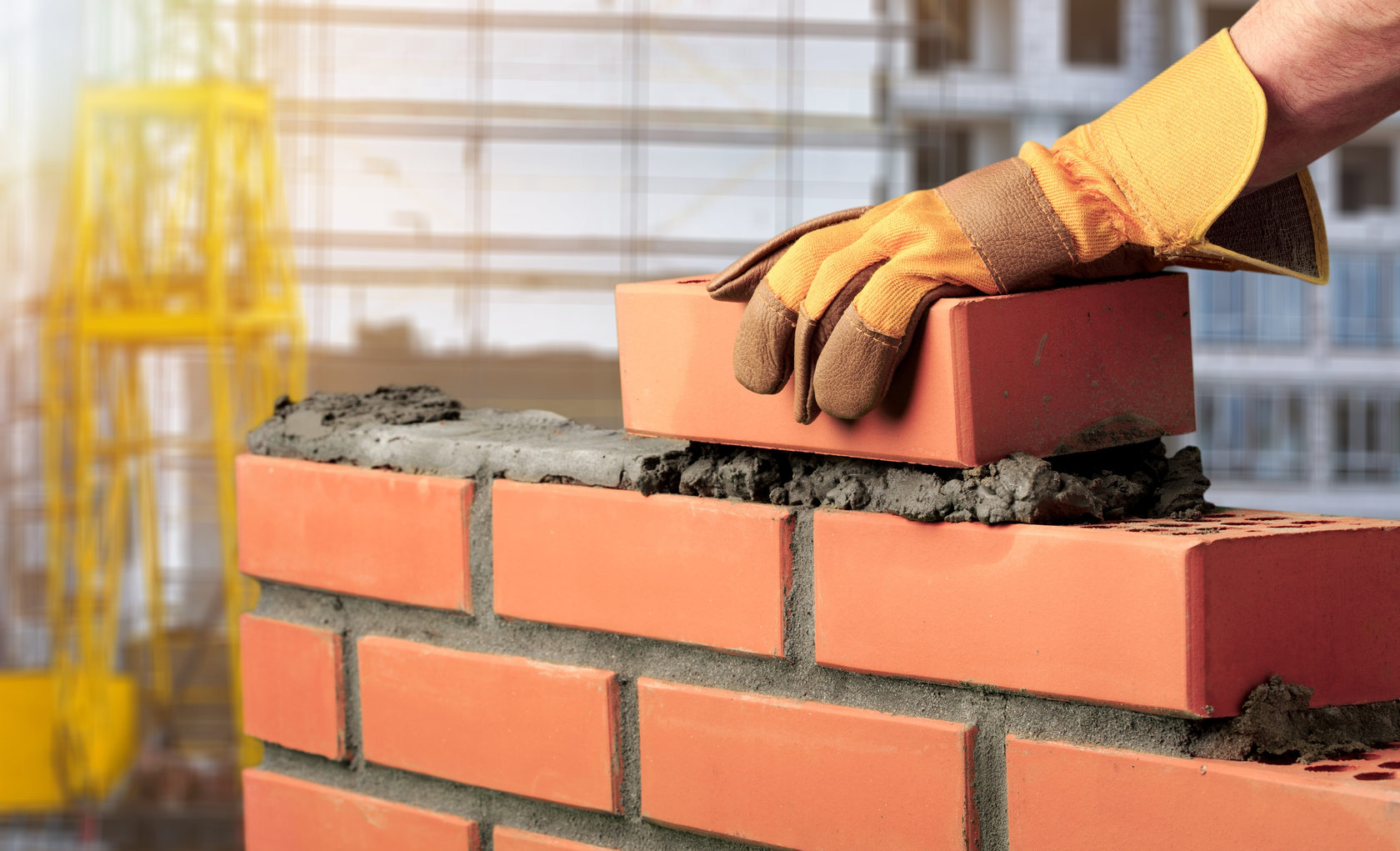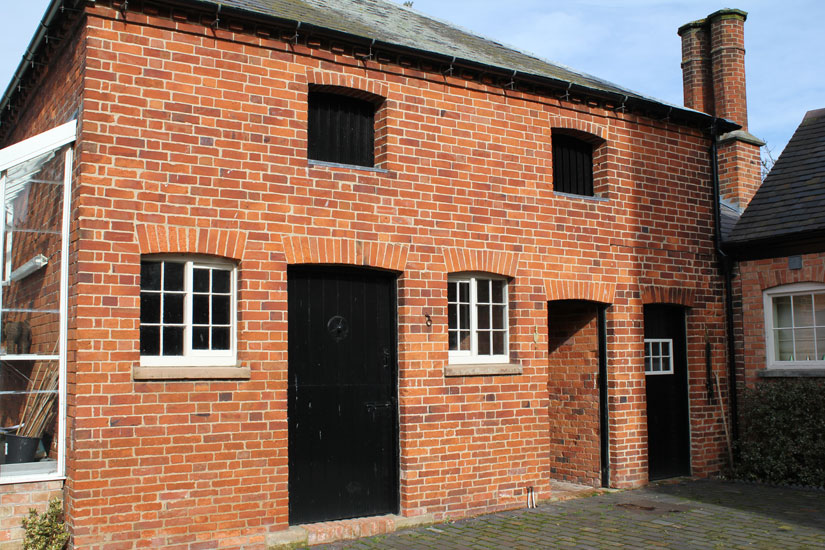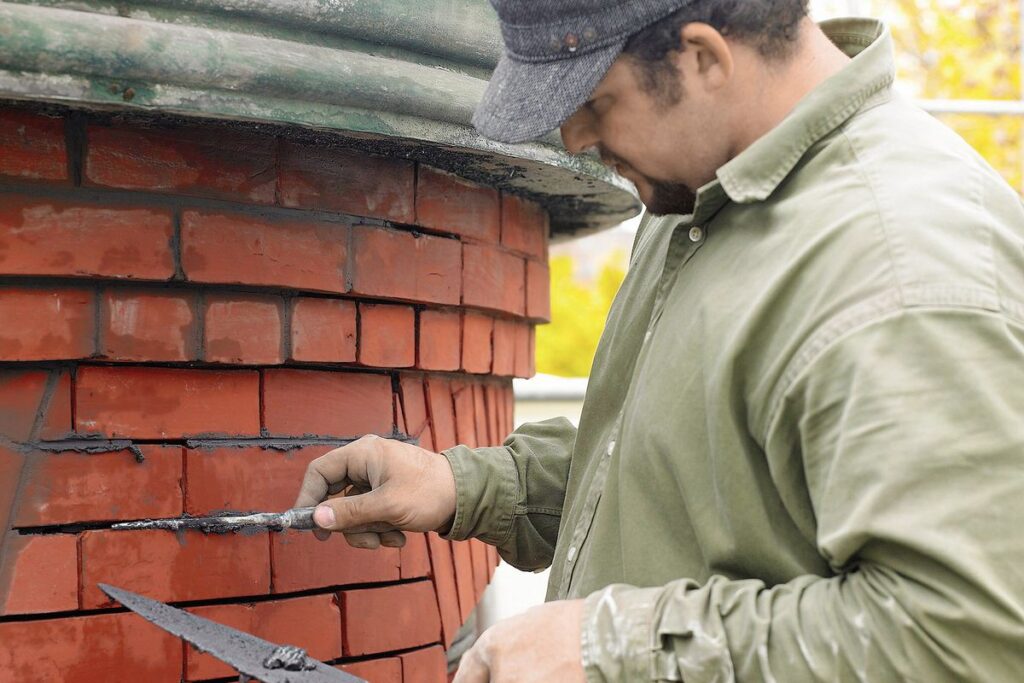It is difficult to imagine a more popular and versatile building material than brick. Private and multi-story houses, fences, and outbuildings are built from it; it is used to organize the foundation and erect partitions; they are used to line the facades of buildings and layout stoves. Brick has acquired such a wide application due to its exceptional performance and diversity. The latter, by the way, can be confusing because it’s not so easy to say right away which Construction Company NYC to choose for building a house, cladding it, arranging a fireplace, or an interior partition. Before buying, you need a little theoretical preparation.
Types of Bricks according to the Material of Manufacture
Various kinds of raw materials can be used for the production of bricks. Manufacturing technology can also vary greatly, which explains the differences in the properties of different types of bricks. At the moment, we can distinguish the following types of bricks:
- ceramic;
- silicate;
- Hyperpressed;
- clinker;
- fireclay.
The first two are also ordinary and facing, depending on the appearance, and corpulent and hollow, depending on the structure. Brick differs in size, color, strength, frost resistance, and other parameters.
Ceramic Brick
Ceramic bricks are produced by firing clay in kilns at a temperature of about 1000 0 C. Since red clay is often used, the Brick pointing services NYC gets a characteristic shade. Hence, its second name is red brick. Varieties of clay with a different shade can be used, or pigments can simply be added. Then the color of the product will be completely different.
High-quality clay with a minimum admixture of sulfates and marl is taken as a raw material. After molding, the product is sent to the kiln for firing: a properly fired brick will have a red-brown hue and ring when struck. Unburned material has a mustard color and a dull sound when struck; it is afraid that moisture does not retain heat. Burnt brick has a dark core and melted edges; it is not used to construct walls.
In the production of ceramic bricks, one of the following forming methods is used:
- Plastic. The original clay mass has a 15-21% moisture content; the brick is produced by extrusion. Hollow bricks are made in vacuum plants. Plastic forming brick is more resistant to frost and is great for building a house;
- Semi-dry and dry. Clay has a lower moisture content (7-12% depending on the production characteristics); it is crushed into powder. Raw Brick pointing services NYC is formed in presses without drying or reduced drying, which is then fed to firing. The main advantage is the accuracy of the geometry.
Ceramic bricks are used everywhere: laying the foundation, erecting load-bearing walls and partitions, facing buildings for interior decoration. The main advantages include a variety of colors, sizes, shapes, ease of installation, long service life, environmental friendliness, good heat and sound insulation, and reasonable price. The disadvantages are due to improper production, resulting in products with low durability and irregular geometry, so trust only products from responsible manufacturers.

Silicate Brick
Silicate brick has received the greatest distribution in the domestic space. The main reason for its popularity is the low price. It is produced from a mixture of quartz sand (90%), lime (about 10%), and additives. Color – white, but other shades can be achieved by adding coloring pigments. The brick is formed by dry pressing, and the setting is obtained due to the chemical reaction of lime slaking. The reaction is accelerated in autoclaves at elevated temperature and pressure.
Among the main advantages of silicate brick:
Pros
- low cost;
- environmental friendliness;
- Excellent geometry and good aesthetic qualities. Facing silicate brick is widely used for finishing the facades of buildings;
- good strength and sound insulation;
- Sufficient level of frost resistance.
Cons
- high weight and fragility, so it is difficult to handle the material;
- high level of thermal conductivity – you will need thorough wall insulation ;
- low moisture resistance and the ability to collapse under the influence of moisture and chemicals; therefore, the material is not at all suitable for the construction of foundations and plinths ;
- instability to high temperatures – silicate brick is not used in the arrangement of furnaces and chimneys;
- Little variety. Sand-lime bricks are always rectangular blocks with precise straight lines, without roundness and complex elements.
Production Technology and Features
Hyper-pressed brick, if you look, is more like an artificial stone. It is based on calcareous rocks, shell rock, dolomite, and marble screenings, which reach 90%. Cement is used to bind limestone, and iron oxides or other natural components give the material color. The solvent is ordinary water. The mixture, homogeneous in structure, is sent under the press. Under the influence of high temperatures, individual particles are fused together, making it possible to obtain the strongest material with precise geometry. After that, the brick is steamed and sent for rustication.
Benefits :
- high strength, durability, environmental friendliness;
- aesthetic appearance, variety of shapes, colors, sizes;
- frost resistance, a brick can withstand up to 150 freeze/thaw cycles;
- low moisture absorption.
Cons :
- high price;
- big weight;
- high thermal conductivity.
Hyper-pressed brick is used exclusively for cladding facades and plinths; it can be used for cladding fireplaces and interior decoration.
Chamotte Refractory Brick Chamotte
In fact, this is the same ceramic brick. Still, due to the unique properties of the clay included in its composition, it receives resistance to temperatures up to 1700 0 С. Fireclay bricks are distinguished by their straw color, may have brown and reddish blotches, and are produced in the correct shape and in wedge-shaped, angular, and other shapes for ease of laying.
Even though ordinary ceramic bricks can easily withstand temperatures up to 800 0 C, fireclay bricks are usually used to equip furnaces as it accumulates and slowly releases heat. It is used not only for the internal arrangement of furnaces but also for laying chimneys.
Clinker Brick
Clinker bricks are made from special refractory grades of clay, including shale clay. During the material production, the temperature rises to 1100 0 C, so the individual particles are sintered, and all voids are filled. The choice of raw materials is approached carefully. Hence, the result is a durable monolithic brick resistant to negative temperatures, environmentally friendly, heat resistant, and high durability. The variety of shapes, colors, and surface types is huge, allowing clinker bricks for facade cladding, paving garden paths, and arranging stoves and chimneys. Among the disadvantages of the material are high cost and therm
Clinker bricks are made from special refractory grades of clay, including shale clay. During the material production, the temperature rises to 1100 0 C, so the individual particles are sintered, and all voids are filled. The choice of raw materials is approached carefully. Hence, the result is a durable monolithic brick resistant to negative temperatures, environmentally friendly, heat resistant, and high durability. The variety of shapes, colors, and surface types is huge, allowing clinker bricks for facade cladding, paving garden paths, and arranging stoves and chimneys. Among the disadvantages of the material are high cost and therm
Clinker bricks are made from special refractory grades of clay, including shale clay. During the material production, the temperature rises to 1100 0 C, so the individual particles are sintered, and all voids are filled. The choice of raw materials is approached carefully. Hence, the result is a durable monolithic brick resistant to negative temperatures, environmentally friendly, heat resistant, and high durability. The variety of shapes, colors, and surface types is huge, allowing clinker bricks for facade cladding, paving garden paths, and arranging stoves and chimneys. Among the disadvantages of the material are high cost and therm
Clinker bricks are made from special refractory grades of clay, including shale clay. During the material production, the temperature rises to 1100 0 C, so the individual particles are sintered, and all voids are filled. The choice of raw materials is approached carefully. Hence, the result is a durable monolithic brick resistant to negative temperatures, environmentally friendly, heat resistant, and high durability. The variety of shapes, colors, and surface types is huge, allowing clinker bricks for facade cladding, paving garden paths, and arranging stoves and chimneys. Among the disadvantages of the material are high cost and thermal.

Building and Facing Bricks
Depending on the area of application, the brick is divided into:
- construction or ordinary;
- facing or front, facade.
As the name suggests, building bricks are used to build foundations, walls, and partitions. After constructing the outer walls, they must be protected and insulated. Such a brick may contain small chips, but it must have an accurate geometry. Construction can be ceramic and silicate bricks. Facing can be ceramic and silicate bricks and hyper-pressed and clinker. Appearance may vary considerably. It is customary to divide the facing brick into textured and shaped. The first has a standard shape but has a decorative surface; the second has complex profile configurations and is used to decorate arches, windows, and other non-standard architectural forms.
Type of facing brick surface :
- smooth matte or glossy;
- rusticated, when irregularities of a convex shape are created on the surface;
- corrugated with irregularities of the depressed type;
- broken when the surface has chips or breaks (often found in hyper-pressed bricks).
As for shades, each manufacturer offers its own set of colors, and there are also bricks with an interesting color transition.
The Nature of the Brick Filling
Depending on the filling, the brick can be:
- full-bodied;
- hollow;
- porous – a separate type of brick.
Solid bricks do not have holes or chambers. They are more durable. Therefore, they construct foundations, walls, columns, and other critical structures. Such material has high bending strength frost resistance. Still, it has high thermal conductivity, so the walls definitely need to be insulated.
Hollow brick is distinguished by chambers or holes of a round, rectangular, or square shape. They can be through or closed on one side, horizontal or vertical. The hollowness of silicate brick can reach 30%, ceramic – up to 45%. Due to the voids, savings in raw materials are achieved; therefore, such a brick costs less, and due to its low weight, it is more convenient to work with it. But its main advantage is thermal insulation properties .because air is trapped inside the voids. Typically, such a brick is used to construct interior partitions and facade cladding, rarely for laying lightweight exterior walls and never for arranging stoves and chimneys. It is worth remembering that this is a rather fragile material. The masonry mortar must be thick so as not to flow into voids.
Separately, it is worth mentioning porous brick. These are blocks of rather large sizes. The thermal conductivity is 0.14-0.26 W / m 0 C, and the larger the block, the lower its thermal conductivity. Such indicators bring the brick closer to foam concrete, wood, and even gas silicate, and record values are achieved due to special production technology. It differs from ordinary ceramic bricks in that wood chips are added to the clay, which burns out during the firing process, forming voids. In turn, they contribute to thermal insulation. Depending on the desired thermal conductivity and strength grade, one or another sawdust is added.
Brick Size
- single brick – this is the same standard, it is the most versatile, it is used for both masonry and cladding, it is convenient to work with this since it fully corresponds to human hands;
- one and a half with a size of 250 * 120 * 88 mm is used when laying massive structures and can significantly save time;
- double size 250 * 120 * 138 is rarely found full-bodied, and hollow is used in lightweight masonry;
- narrow size 250 * 60 * 65 is used only for decorative purposes;
- thin with a size of 250 * 22 * 65 mm – this is, in fact, a tile, the scope of which is facing;
- There is also a brick “euro” (0.7 of the standard thickness), modular (1.3 of the standard thickness), incomplete brick, and other exotic sizes that are rarely used in construction.
Brand of Brick By Strength
When it comes to the construction of foundations and walls of buildings, such an indicator of brick as strength, which is determined by the brand, comes to the fore. Strength means the ability of a material to withstand a load, or in other words, the weight that 1 cm 2 of brick can withstand without deforming. This parameter is reflected in the brand. For example, a brick that can withstand a load of 100 kg/cm 2 is M100. Today bricks are produced from M75 to M300:
- M75, M100, and M125 are suitable for building walls of small private houses up to 3 floors;
- M150 can be used to build the walls of multi-story buildings and the foundations of country houses;
- M200-M300 is suitable for the construction of foundations for apartment buildings.
Resistance of Brick Frost
Since the climate in most regions of the country is harsh when choosing a brick, it is worth considering the frost resistance indicator; it is designated as measured in successive freezing and thawing cycles, which do not affect the basic properties of the material. For central Russia, it is better to take a brick with a frost resistance index of at least 30-50 cycles; for the most severe regions with a cold climate and changeable winter weather, there is a brick with Mrz 100. If the winters in the region are mild, then you can stop at the minimum indicators.

What Else to Consider When Choosing a Brick?
When buying a brick, take enough time to visually inspect it and study the accompanying documentation:
- high-quality ceramic brick makes a ringing sound when struck and unburned – deaf;
- There should be no large chips, cracks, or irregularities on the surface. Building bricks with a spall depth of more than 6 mm are not suitable for use, and facing bricks should not have defects.
- All-important technical characteristics are indicated in the product data sheet.
With such a variety of products and a huge number of possible areas of its use, it is difficult to derive the only correct formula for the ideal material and clearly answer which brick is better to choose. The main thing is that the products are of high quality and meet the declared characteristics, which largely depends on the manufacturer’s honesty (large companies value their name). It is easy to determine the necessary strength, fullness, color, shape, and size on your own, based on the purpose of use and the advice given.

